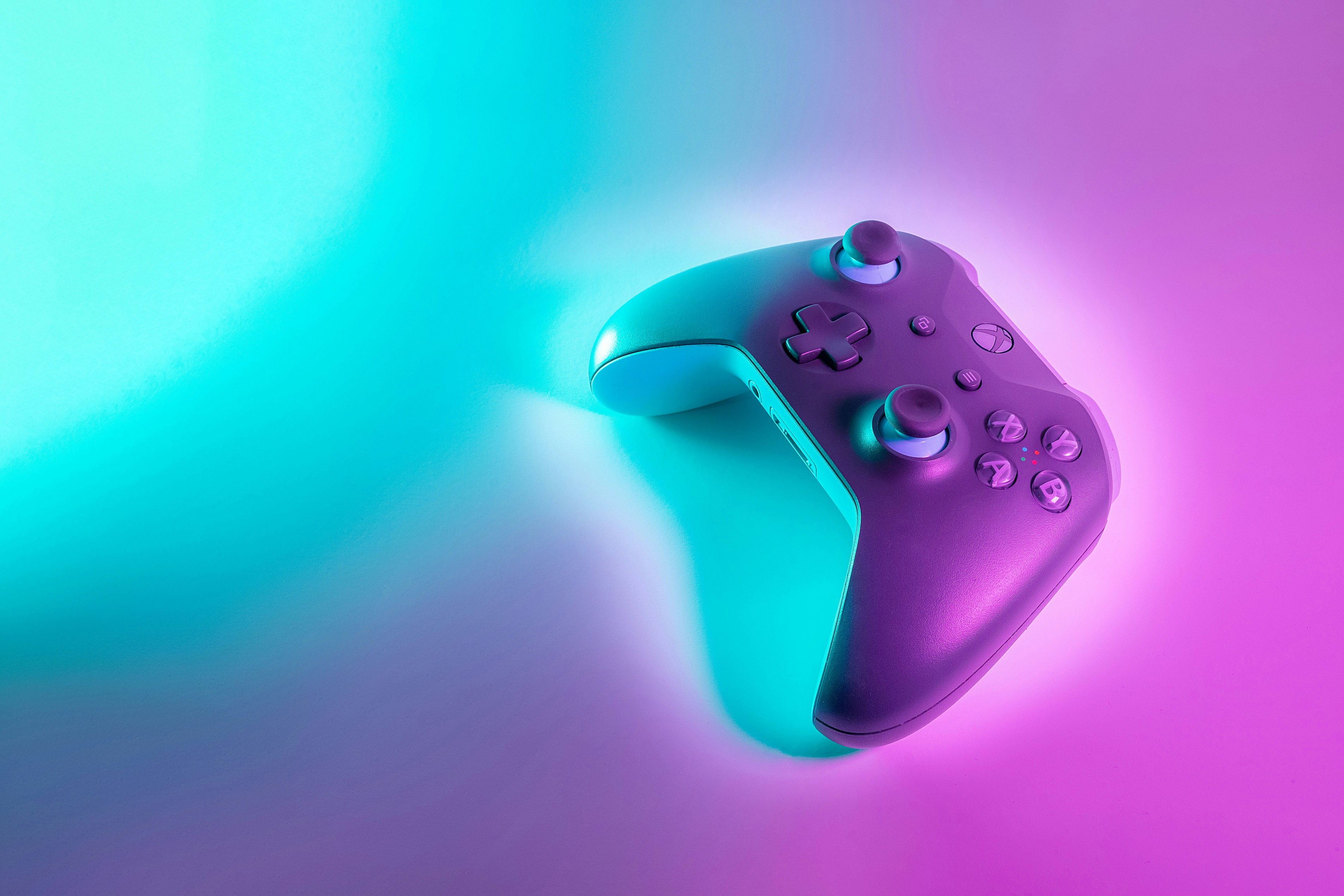
From Pixels to Perfect: The Evolution of Racing Simulators
How racing simulators evolved from simple arcade games to professional training tools used by real racing drivers.
The world of racing simulation has come a long way since the days of “Pole Position” and “OutRun.” What started as simple arcade entertainment has evolved into sophisticated training tools used by professional racing drivers and teams. This transformation represents one of the most remarkable intersections of gaming and professional sports.
The Early Days
The first racing games were simple affairs:
- Basic 2D graphics
- Limited physics
- Arcade-style gameplay
- Simple controls
But they laid the groundwork for what was to come, establishing basic concepts like:
- Racing lines
- Lap timing
- Vehicle handling
- Competition mechanics
The Physics Revolution
The real transformation began with the introduction of physics-based racing simulations:
Grand Prix Legends (1998)
- First truly accurate tire model
- Realistic suspension physics
- Weather effects
- Historical accuracy
iRacing (2008)
- Laser-scanned tracks
- Dynamic track conditions
- Professional-grade physics
- Online racing structure
Professional Adoption
Today, racing simulators are an integral part of motorsport:
Formula 1
- Every F1 team has simulator facilities
- Drivers use sims for track familiarization
- Engineers test setups virtually
- Young drivers train in simulators
Other Series
- NASCAR teams use sims for strategy
- WEC teams practice driver changes
- Rally drivers learn stages
- GT teams test car setups
Hardware Evolution
Modern racing simulators use sophisticated hardware:
Motion Platforms
- 6-axis movement
- G-force simulation
- Vibration feedback
- Seat pressure systems
Controls
- Direct drive wheels
- Load cell brake pedals
- Sequential shifters
- Button boxes
Visual Systems
- Triple 4K monitors
- VR headsets
- Wide field of view
- High refresh rates
Software Innovation
Current simulator software offers unprecedented realism:
Physics Modeling
- Tire wear and temperature
- Aerodynamic effects
- Fuel consumption
- Mechanical damage
Environmental Factors
- Dynamic weather
- Track temperature
- Rubber buildup
- Time of day changes
Training Benefits
Professional drivers cite numerous advantages:
- Risk-free practice
- Unlimited track time
- Consistent conditions
- Immediate feedback
- Data analysis tools
- Cost effectiveness
The Future
Racing simulation continues to evolve:
Emerging Technologies
- Neural feedback systems
- Advanced motion control
- Augmented reality integration
- AI competition
Professional Integration
- Remote driver training
- Virtual race events
- Hybrid competitions
- Engineering development
Impact on Motorsport
The influence of simulators extends beyond training:
Driver Development
- Earlier career starts
- Safer progression
- More accessible entry point
- Better prepared rookies
Engineering
- Faster development cycles
- Cost reduction
- Risk mitigation
- Better understanding of variables
Conclusion
Racing simulators have evolved from simple games into sophisticated training tools that are reshaping motorsport. They’ve democratized access to racing, improved safety, and created new opportunities for talent development. As technology continues to advance, the line between virtual and real racing will likely blur further, creating exciting possibilities for the future of motorsport.
The next generation of racing drivers will be as comfortable in the simulator as they are in the car, and the skills learned in virtual racing will translate more directly to real-world success. This evolution represents not just a technological achievement, but a fundamental change in how we approach driver development and racing itself.